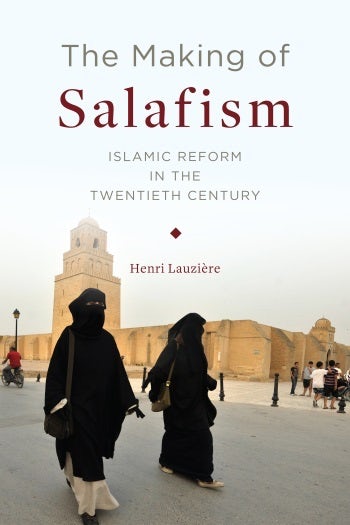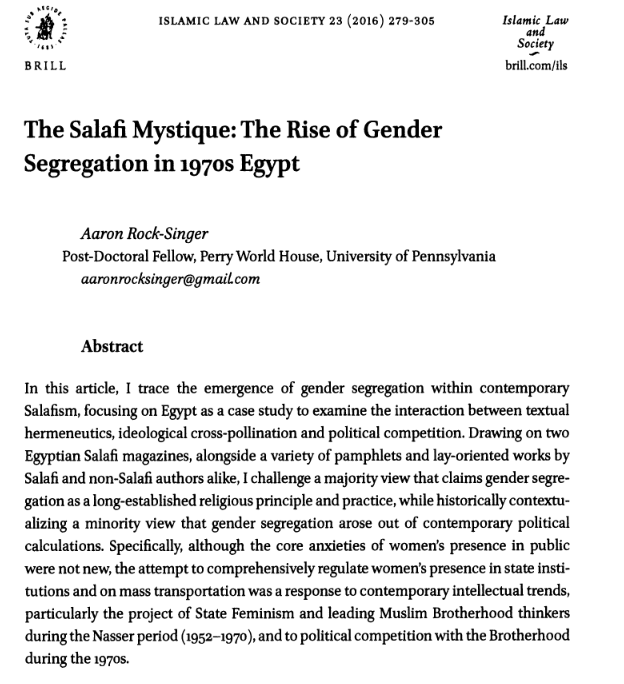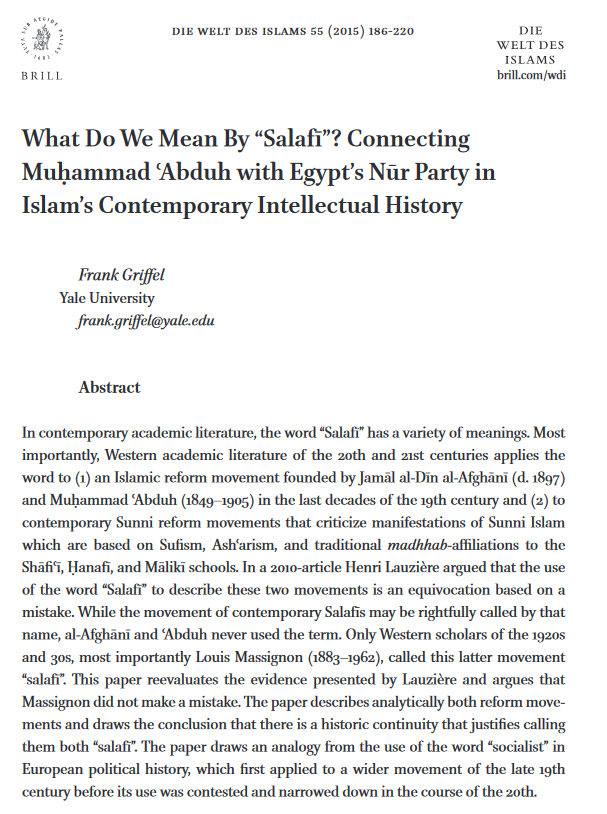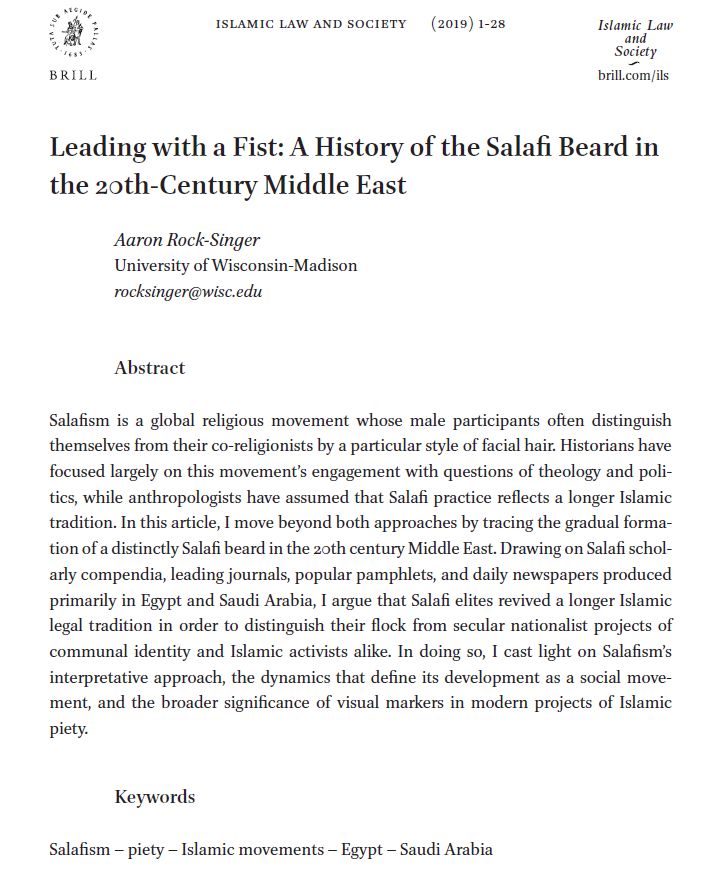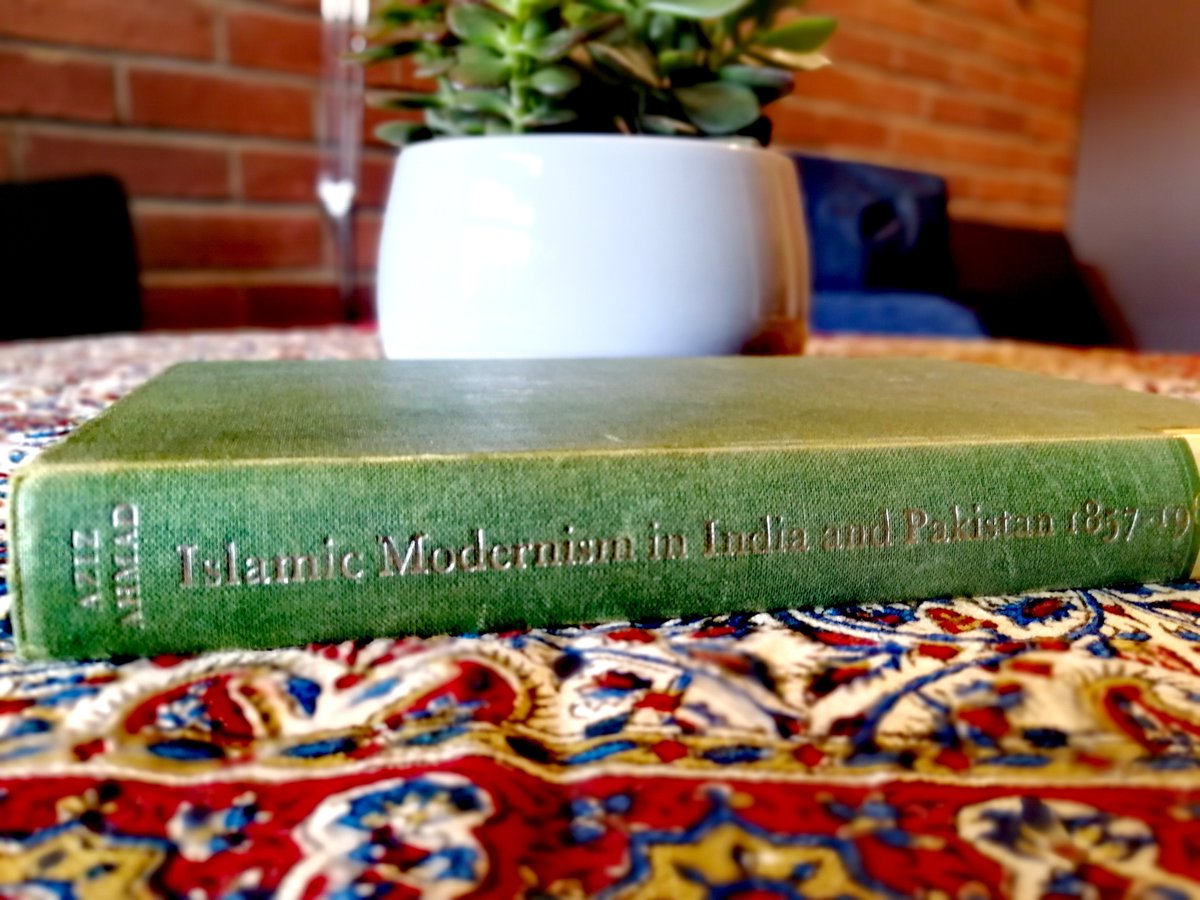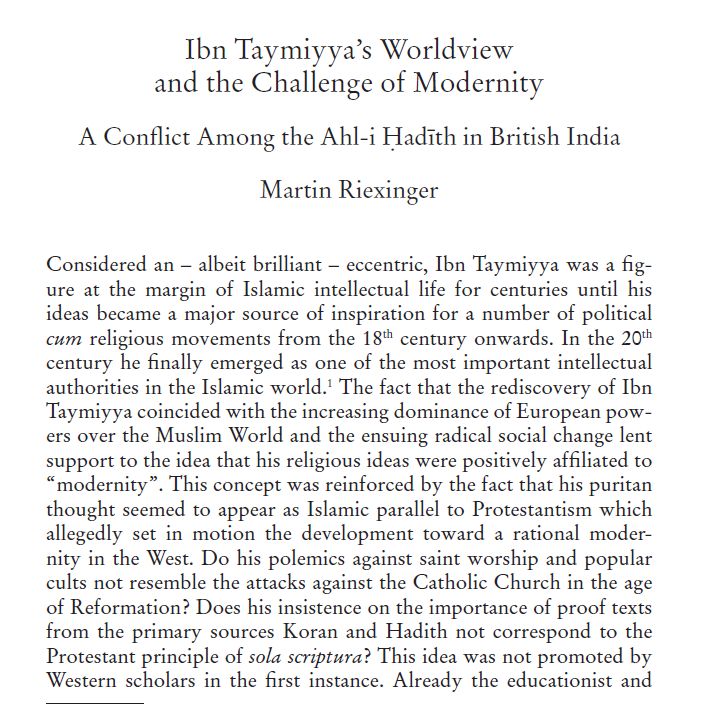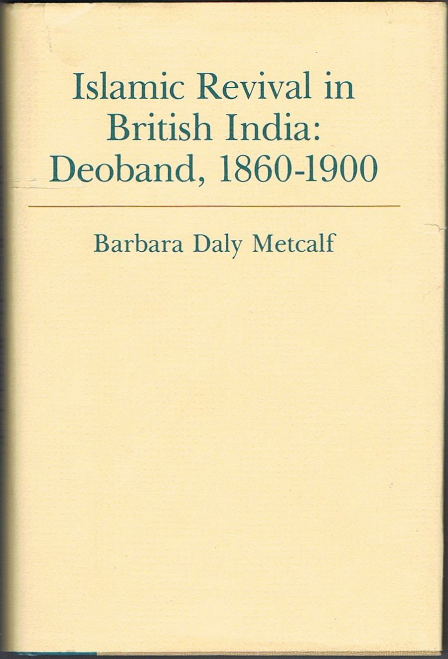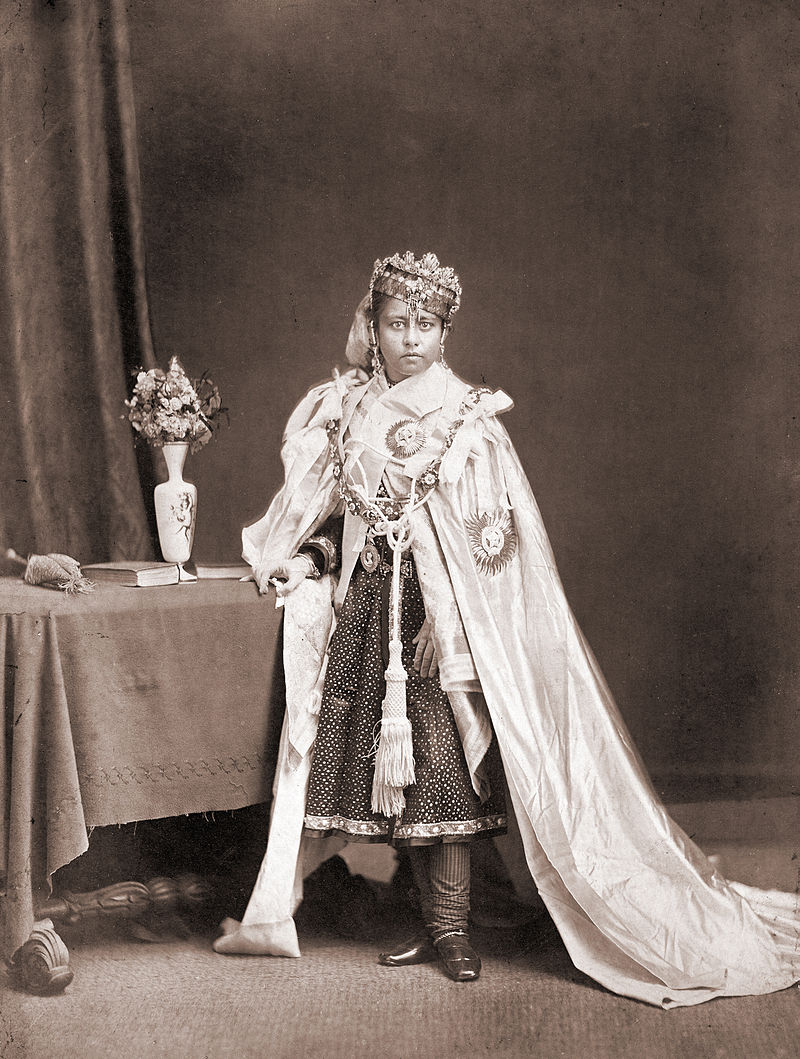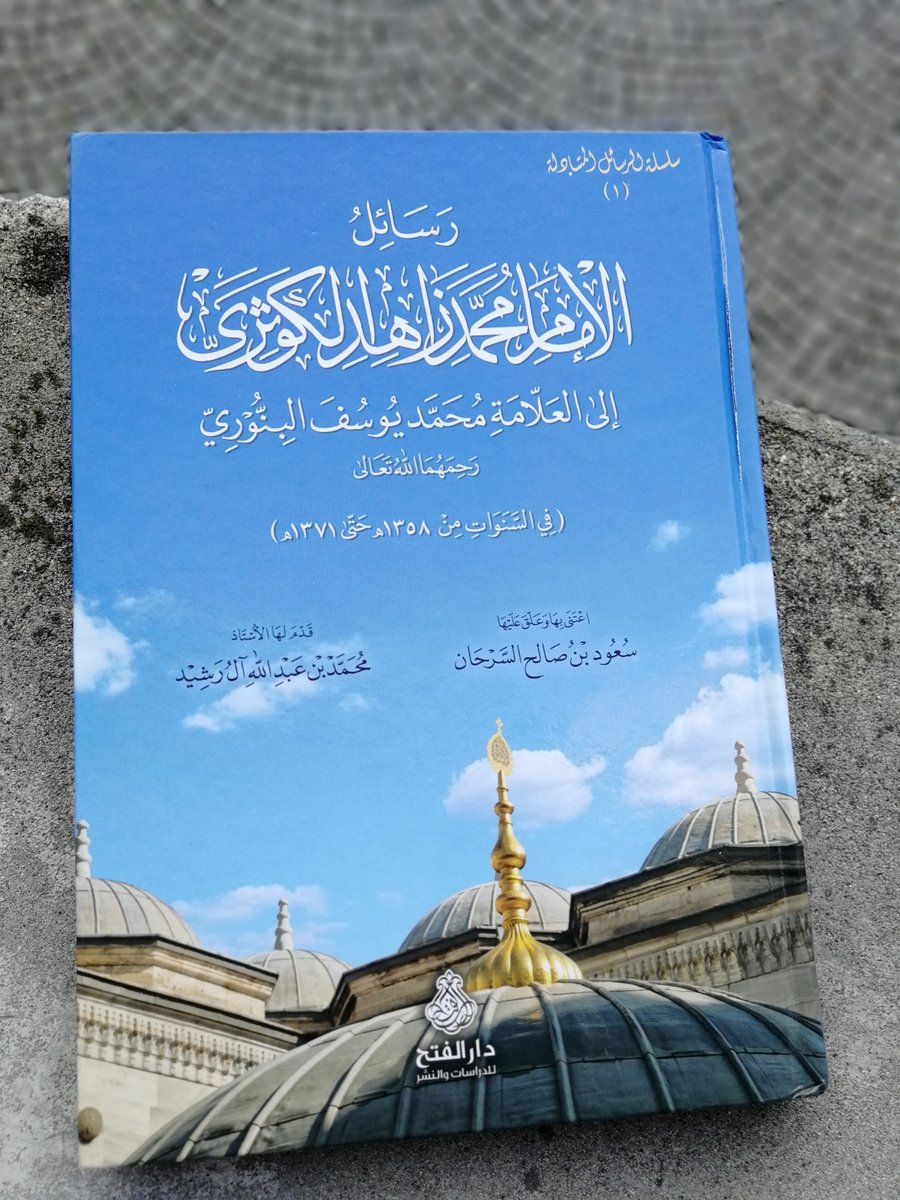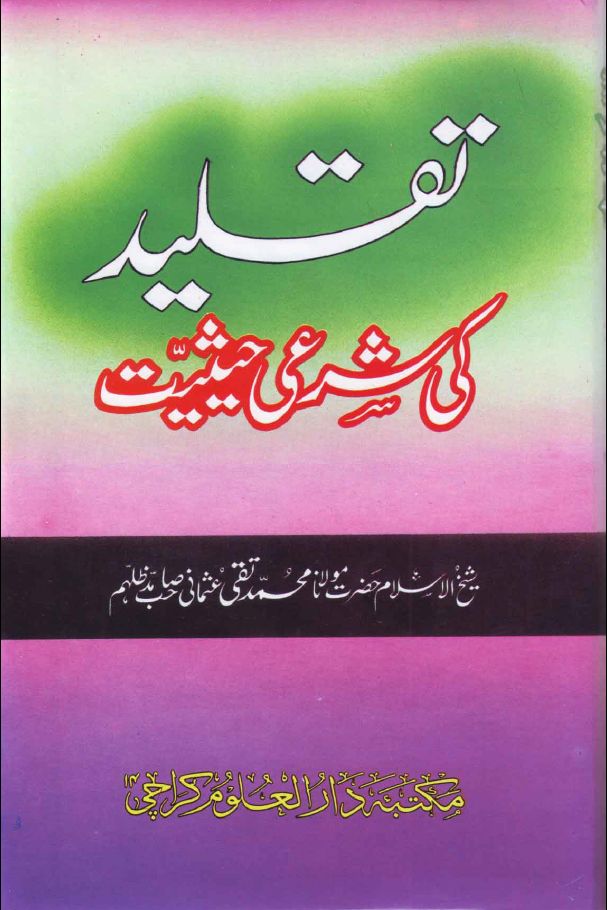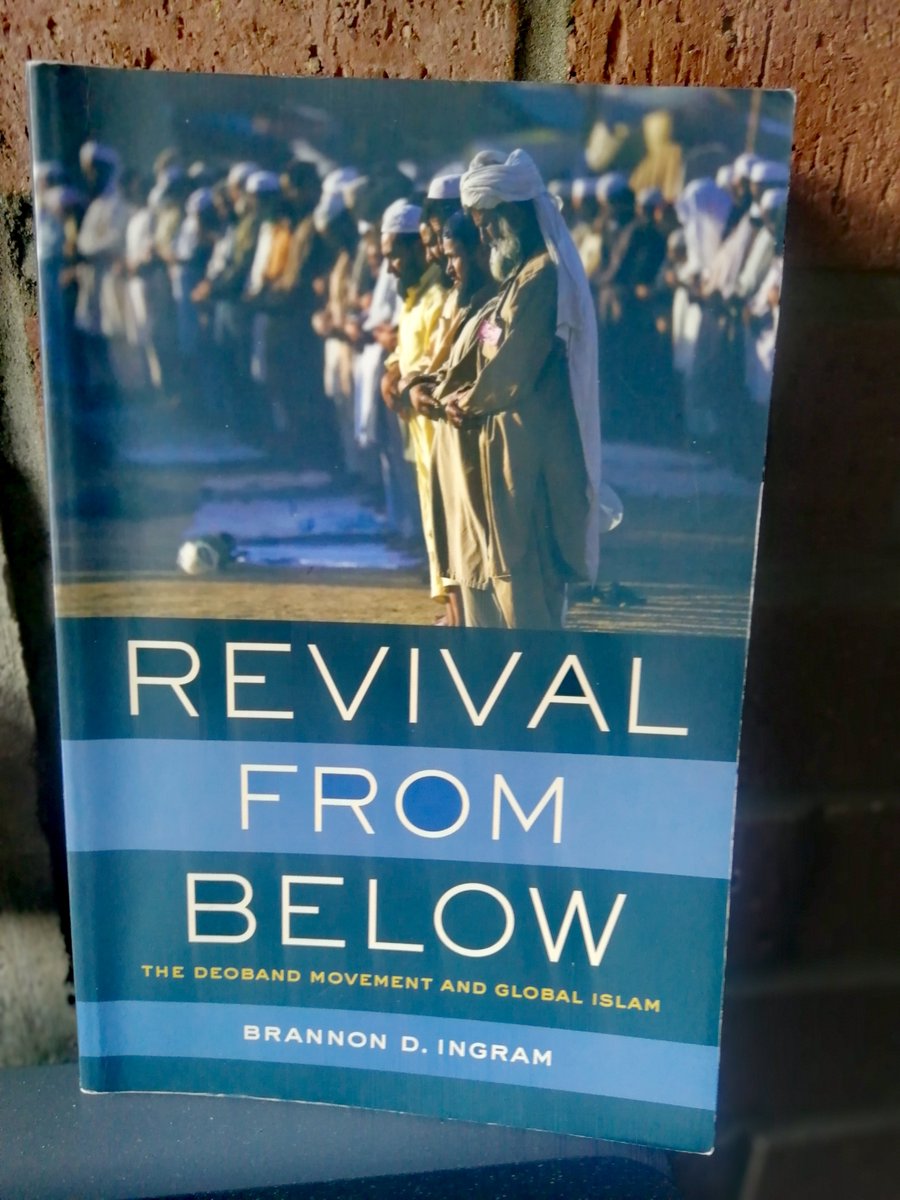1/9 The rise & sudden visibility of (political) #Salafism has led to a frantic search for clarity. Where does this phenomenon come from? How old is it? Shall we locate its origins in Egypt or Saudi Arabia? Without looking at South Asia, this thread argues, answers remain elusive.
2/9 Current scholarship agrees that the 1920s are the decade when Salafism in the Arab world began to form a coherent ideology. It mostly meant rejecting the four traditional Islamic schools of law, abhorrence of “unlawful innovations”, and specific theological commitments.
3/9 What has been overlooked, however: Arab traditionalist scholars in the 1930s and 1940s were not worried about these Salafis at home. Rather, they feared the influence of Indian Muslim modernists & the Ahl-i Hadith (lit. People of the Words & Deeds of the Prophet Muhammad).
4/9 The fate of the Salafi-like Ahl-i Hadith had taken an upward turn in 1871: The widowed ruler of Bhopal, Shah Jahan Begum (d. 1891), chose Siddiq Hasan Khan (d. 1890), an important scholar of the movement, as her husband. She also financed his extensive printing activities.
5/9 The long-term consequences were clearly felt abroad. Take the case of Muhammad Zahid al-Kawthari. He fled Turkey with the rise of Atatürk and settled in Egypt, where he became one of the leading defenders of the classic system of the schools of law in the Arab speaking world.
6/9 In 1938, al-Kawthari received two Indian visitors. One was Yusuf Banuri (d. 1977), the founder of the famous (or rather infamous?) Deobandi Seminary Jamia Uloom Islamia in Karachi. Both men remained in contact & exchanged letters in Arabic until al-Kawthari’s death in 1951.
7/9 When we look at al-Kawthari’s letters, it becomes clear that he dismisses contemporary Arab Salafists as a joke. But he strongly warns Banuri of an entire army of Salafis rising in South Asia. There is no longer the time for mere talk, this “evil” demands a forceful response.
8/9 Deobandi scholars took this threat seriously. In the end, Salafis managed to only make a splash in the Middle East while remaining rather marginal South Asia. Even the Taliban don’t describe themselves as Salafis. As we will see tomorrow, this partly has to do with the 1960s.
9/9 What does this show? Religious ideas easily cross borders and languages. If we want to understand how the Middle East came to what it is, we can’t overlook South Asia. And the other way round. ~swf If you enjoyed this thread, you can follow me @Simon_W_Fuchs #twittistorian

 Read on Twitter
Read on Twitter
